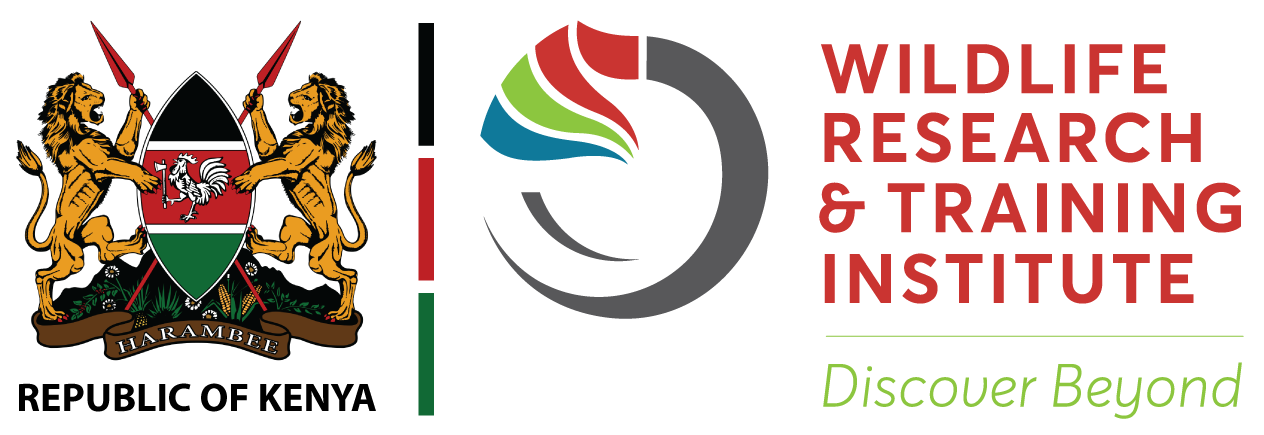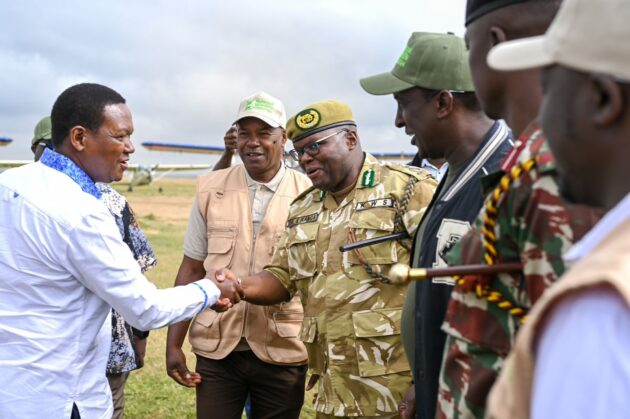Speaking at the launch, Mutua emphasized the importance of the census in understanding and preserving Kenya’s diverse wildlife populations.
“The launch of this wildlife census is not just a routine exercise; it is a critical tool in our efforts to protect and sustainably manage our wildlife resources. Accurate data on wildlife populations will enable us to make informed decisions and implement effective conservation strategies,” he stated.
The census, which will cover various ecosystems across the country, aims to provide comprehensive data on the population sizes and distribution of key wildlife species.
This information is vital for monitoring trends, identifying threats, and formulating policies that ensure the long-term survival of these species in their natural habitats.
Mutua highlighted the collaborative nature of the census, which involves partnerships between government agencies, conservation organizations, local communities, and international bodies.
“Conservation is a collective effort. We are working closely with various stakeholders to ensure that this census is thorough and that the data collected is accurate and useful. Together, we can secure a future where wildlife and humans coexist harmoniously,” he added.
The launch event was attended by representatives from various conservation groups and local leaders including Narok Governor Patrick Ole Ntutu.
Also present was the principal secretary state department of tourism John Ololtuaa, director general Kenya wildlife service Erustus Kanga and his wildlife research and training institute counterpart Patrick Omondi.
As the census begins, teams of researchers and conservationists will employ advanced technologies, including aerial surveys and camera traps, to gather data.
These methods will help in overcoming challenges posed by difficult terrains and elusive species, ensuring a comprehensive and accurate count.
Mutua reaffirmed the government’s dedication to wildlife conservation.
“Our wildlife is a national treasure, and it is our duty to protect it for future generations. This census is a testament to our unwavering commitment to this cause. Let us all play our part in safeguarding our natural heritage,” he urged.
The 2024-2025 National Wildlife Census is expected to be completed over the next year, with preliminary results anticipated by mid-2025.
The findings will be crucial in shaping future conservation policies and strategies, reinforcing Kenya’s position as a global leader in wildlife conservation.
By Hyrance Mwita
Credit Capital News

